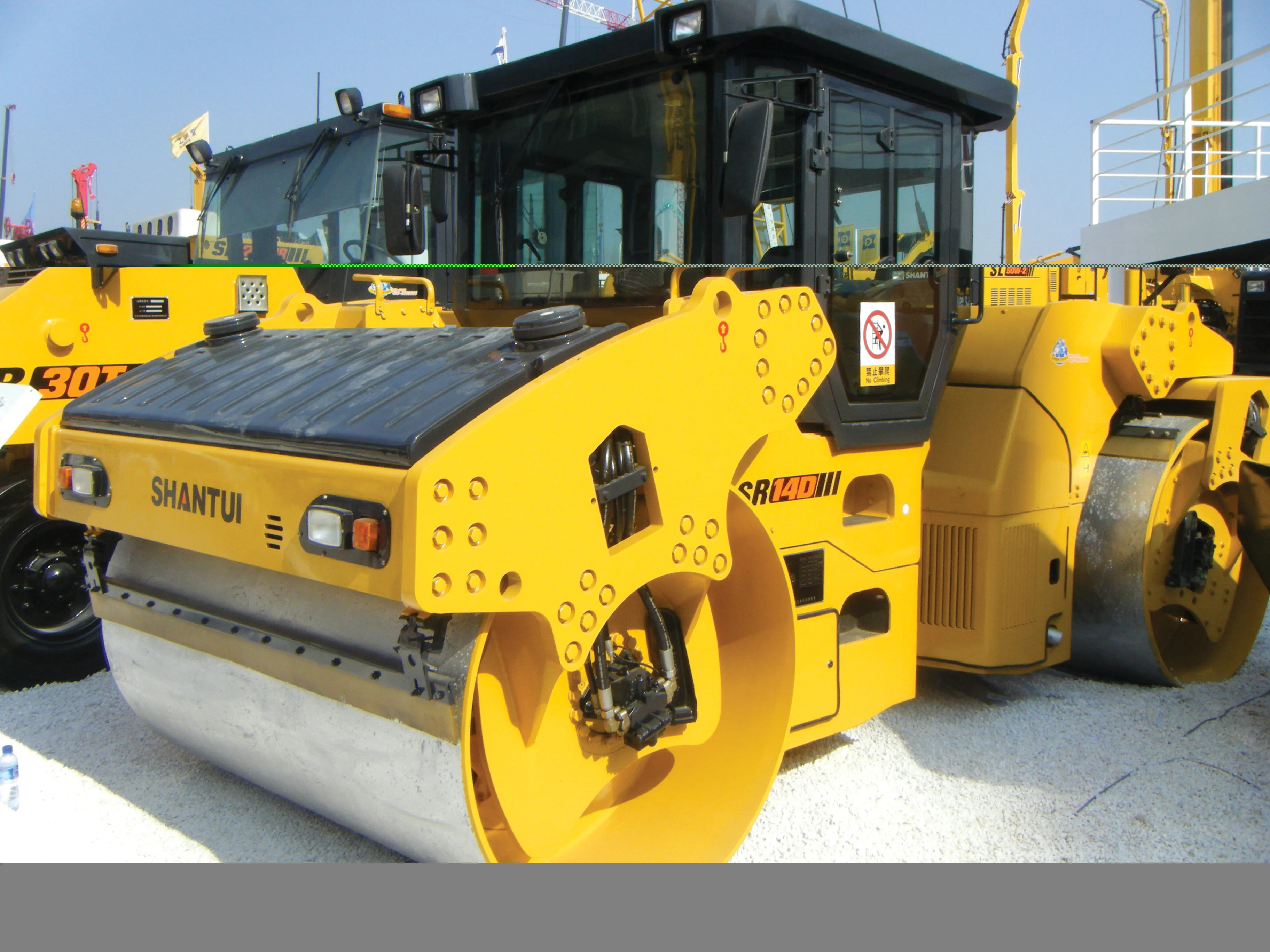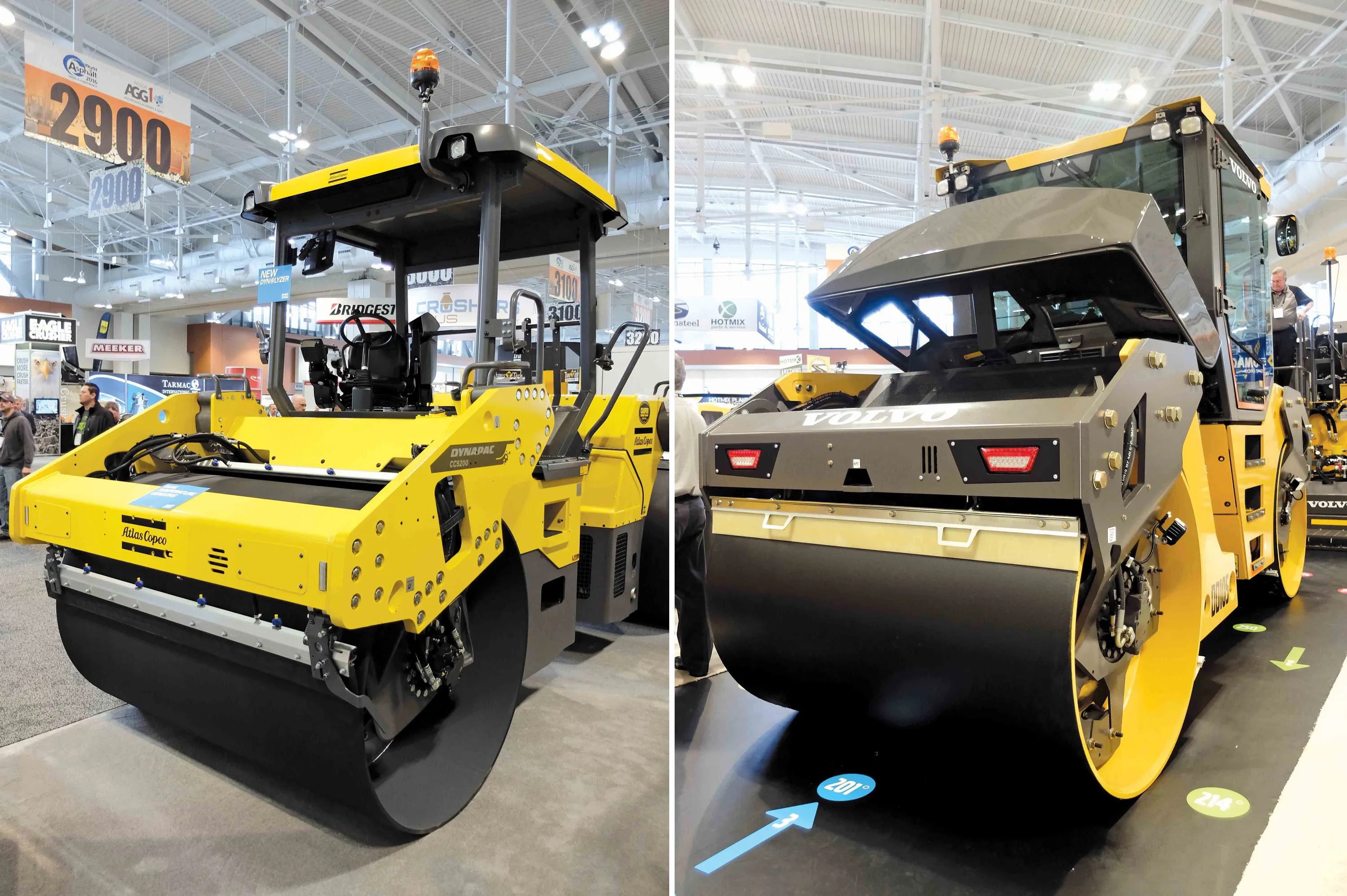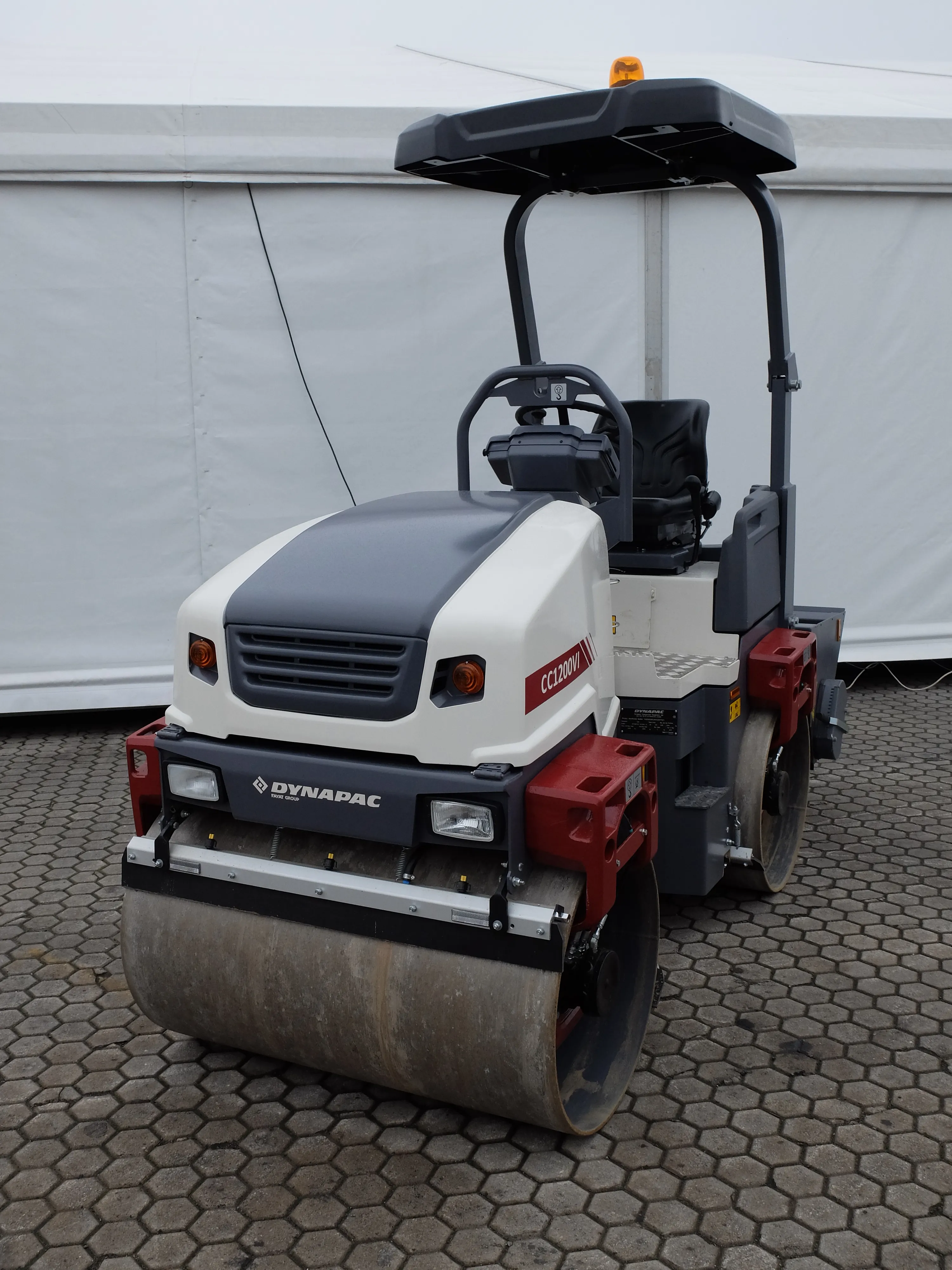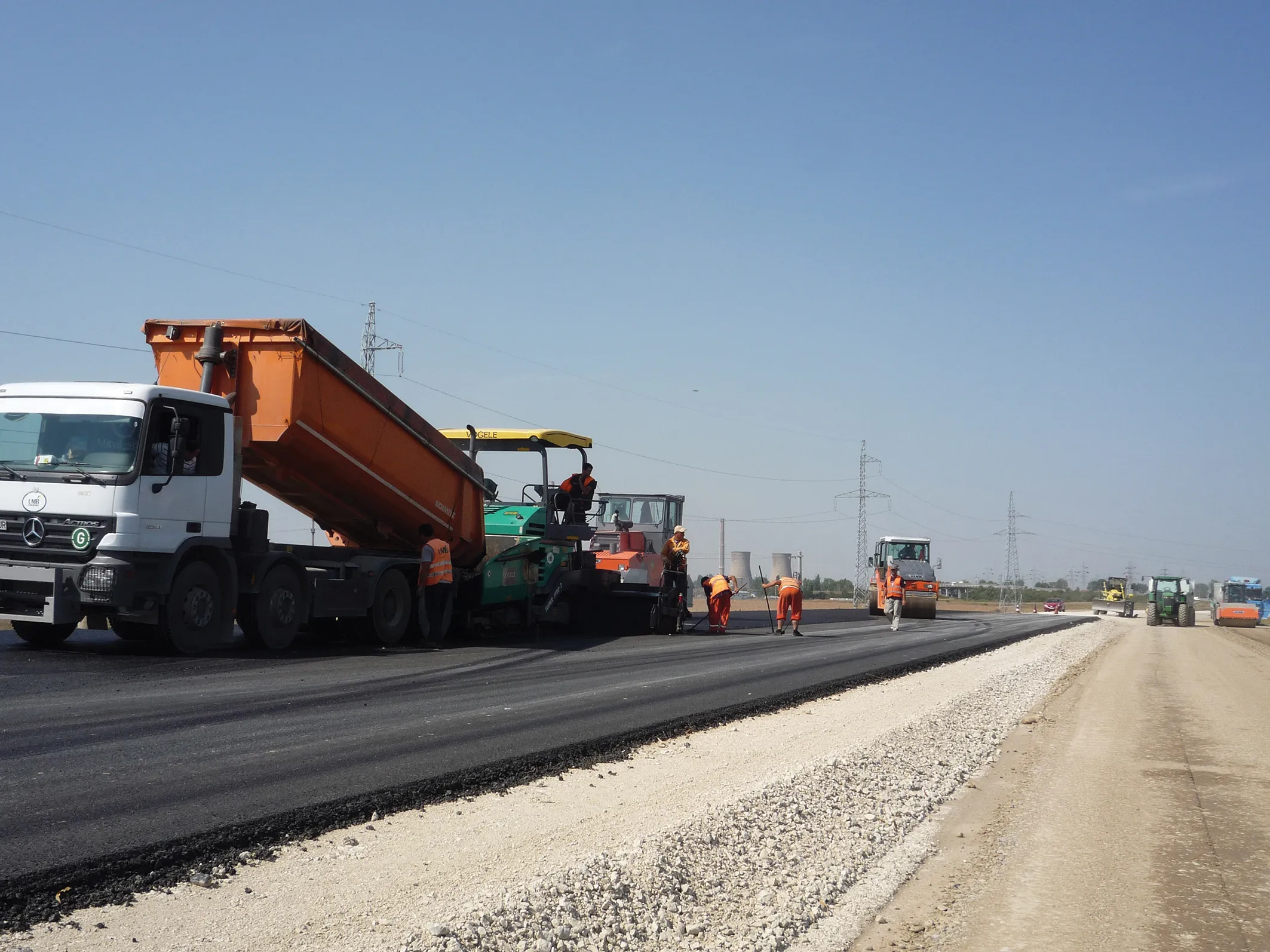The Wirtgen Group is developing its manufacturing facilities outside of Germany. The company has extensive operations in Brazil and China and has now opened a new plant in India, which has started production already.
Joint president Stefan Wirtgen said, “The first machine we made was a Hamm compactor. It is specially developed for the Indian market.”
April 13, 2012
Read time: 5 mins
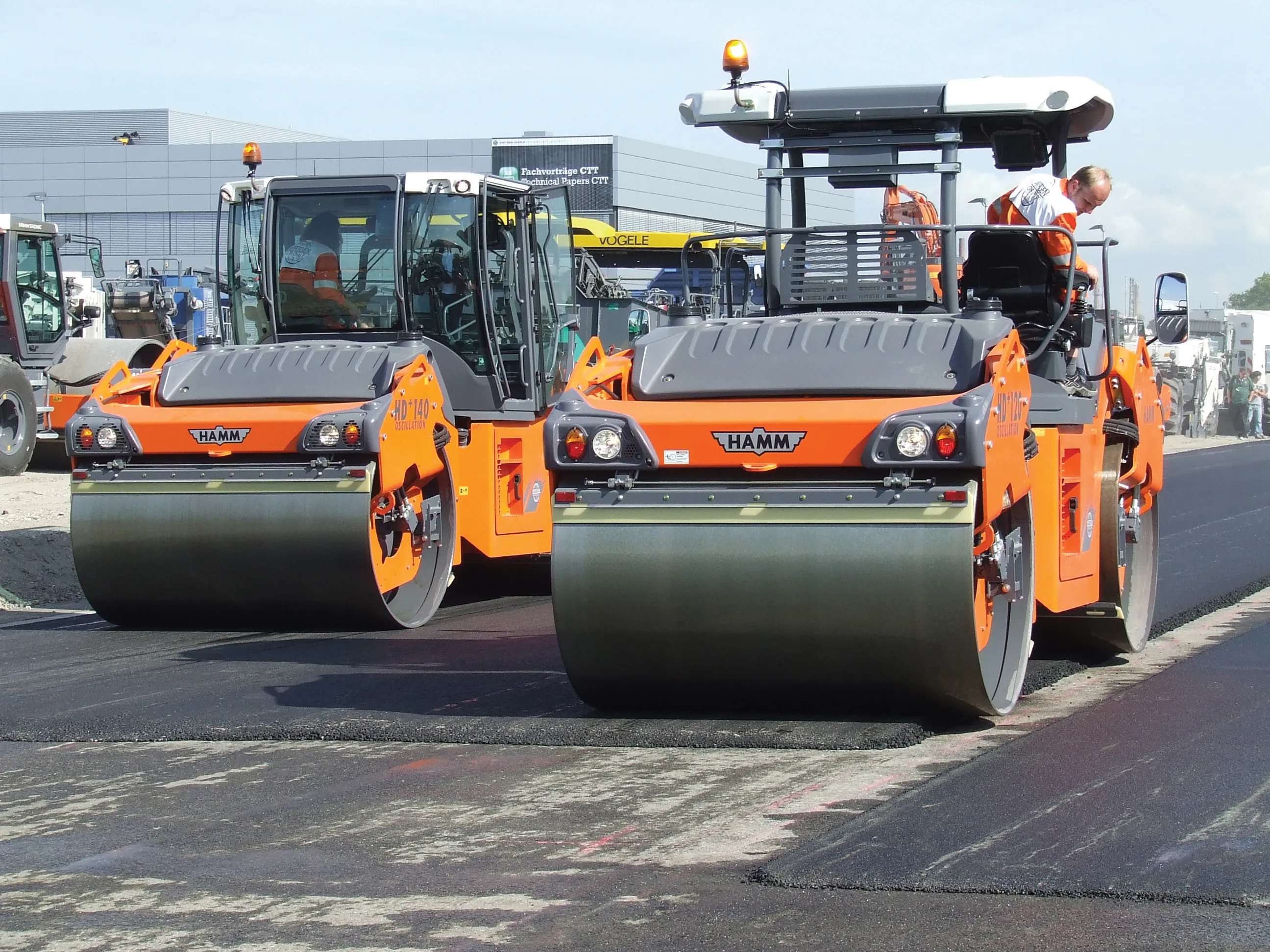
The Wirtgen Group continues to invest in compaction innovation
TheJoint president Stefan Wirtgen said, “The first machine we made was a
The need for construction equipment in the growing markets of Brazil, Russia, China and India (BRIC) is spurring further investments in manufacturing from the firm. Stefan Wirtgen said, “In Brazil, China and India we want to extend our factories.”
His brother and joint president Jurgen Wirtgen said that the emerging markets of Brazil, China and India will remain the focus for the Wirtgen Group’s growth in the near term, “We want to further expand our local facilities.”
However, machines built in these markets will not simply be bolted together from kits with fabrications made locally. Stefan Wirtgen said, “Those days are gone.”
The compactor specifically developed for the Indian market points the way the firm intends to boost sales in growth markets, with machines tailored for local needs and requirements. Stefan Wirtgen added that quality will remain a key value and said, “If we use local components, we have to test them and ensure they meet our performance and quality standards.”
The whole group has also seen sales grow in 2011 worldwide, with Hamm accounting for an expected revenue of €275 million, compared with €209 million in 2010. The Hamm business also built some 5,800 compactors in 2011, compared with 4,079 in 2010.
Since the Wirtgen Group bought the Hamm compactor business around 10 years ago, the product line-up has been expanded considerably while there have been major developments in research and development, both for new products and for advanced technologies. Market share has also increased, with the Hamm brand now one of the market leading lines worldwide compared with its position of 8th or 9th when the business was acquired.
Technologically, the company continues to be amongst the innovators and its novel H18i and H20i soil compactors were the first on the market to meet the Tier 4 Interim/Stage IIIB exhaust and noise emission legislation for example. The H18i for example features a raised front, which is more effective for operating on steep gradients according to the firm To achieve this configuration the exciter and hydraulics have been repositioned in comparison with previous machines, helping to boost overall productivity. The H20i is built along similar lines to the H18i, with features including easy cab access and large footrests to boost driver comfort, reducing fatigue and increasing productivity across a full working shift. Operation of both the H18i and H20i is said to be improved due to the use of new pictogram type controls that are said to be easy to use.
Meeting the Tier 4 Interim/Stage IIIB requirements was not easy and the technology used is said to be complex. Despite the additional cooling packages and other components, the H18i and H20i are no longer than the machines being replaced, while the greater slope of the engine cover further aids visibility.
A key innovation from the firm likely to boost productivity is the HCQ earthworks GPS package, offering satellite-based navigation for use with soil compaction equipment. Hamm can fit a GPS package in the factory or allow the customer to use its own equipment, with
Compaction of asphalt is a more complex process and requires taking the temperature of the material and the number of passes into account, as well as the frequency and various other parameters. The on-board system takes care of the necessary process evaluation but although it has been tested in various applications such as at an airport in Norway with an installation on multiple machines, it has not yet received approval. For the contractor however it does deliver more homogenous compaction across the working area, without the risk of over or under-compaction while also delivering full documentation of the process. The degree of compaction is critical for asphalt applications, with temperature being an important factor. If the material is too cold it cannot be compacted without damage to the structure. But the HCQ package is said to offer benefits in this regard, as well as making it easier to deliver quality thin wearing courses to specification.
In addition the firm also offers the HCQ package on its recently launched its GRW280 pneumatic tyred roller, which features a modular design and new hydrostatic drive system. This can be adapted to meet different compaction requirements by exchanging ballast to give operating weights from 10-28tonnes. This allows for six basic versions of the machine, the GRW280-10, GRW280-12, GRW280-16, GRW280-20, GRW280-24 and GRW280-28. By keeping the machine’s height below 3m, the designers have also made it easier to transport on road as this allows it to be moved through most road tunnels or under bridges. According to the firm, the GRW280 is currently the most modern and sophisticated pneumatic tyred roller on the market.
Other new machines include the Hamm 3250 padfoot unit, which is said to deliver high impact forces due to the novel design of its drum, while the DV65-70 and DV85-90 twin drum asphalt rollers offer good ergonomics and high all-round visibility.


